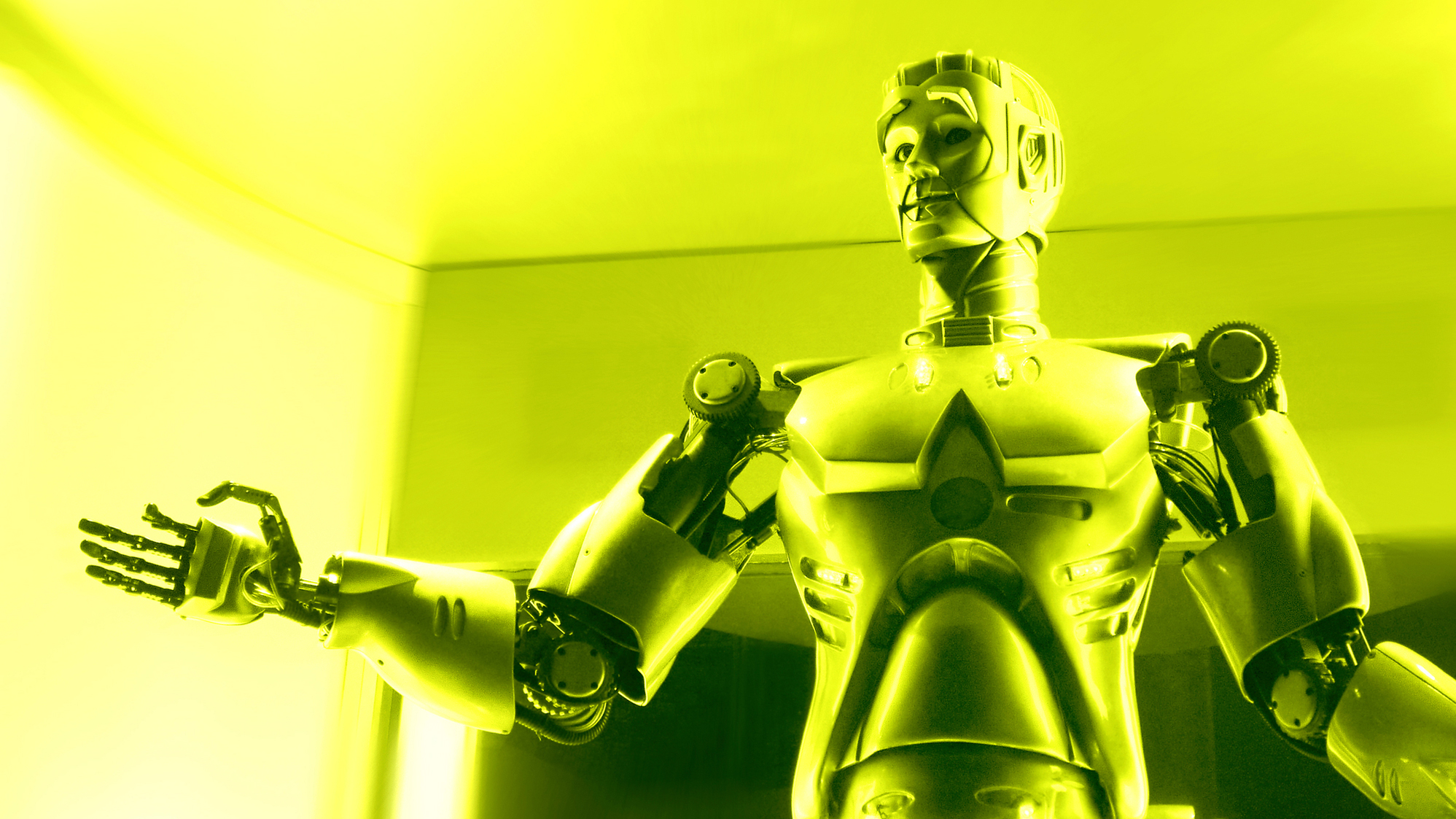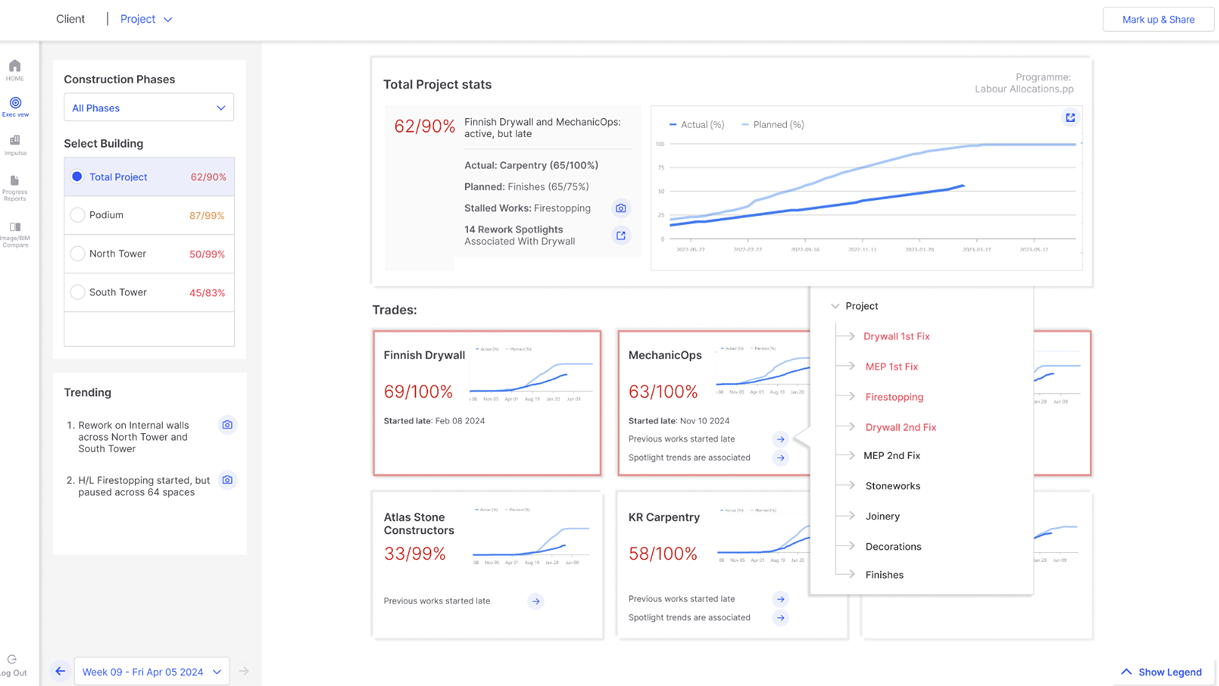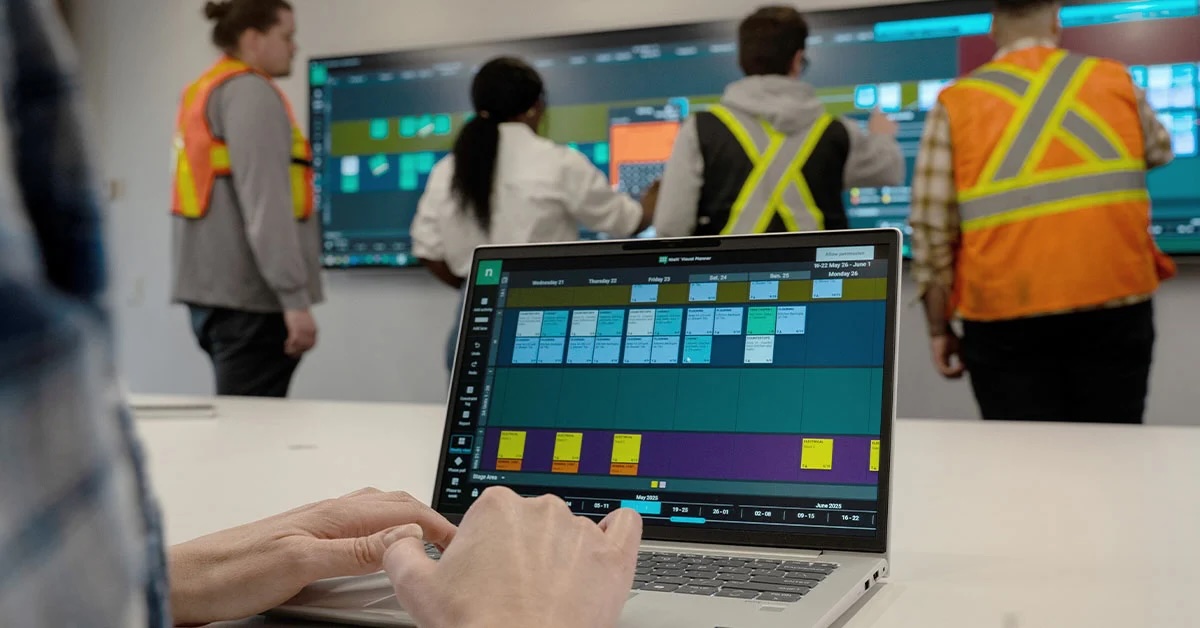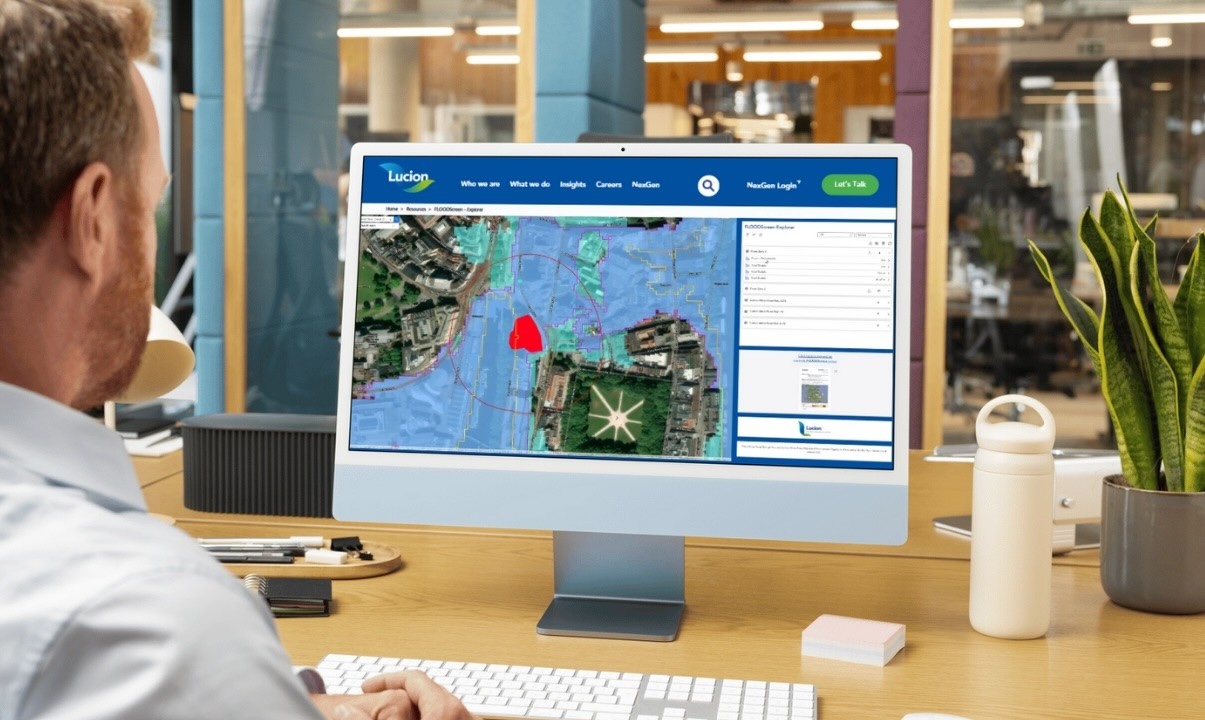
Start preparing for humanoid robots on site now, says report
Humanoid robots could become common in construction within the next decade, according to a report from global consultancy McKinsey & Company.

The report finds that humanoid robots could help address stagnating productivity in construction, rising demand, and a shrinking workforce. In the future, humanoid robots could even work across construction sites alongside humans.
Currently, there is around $1bn invested in humanoid development. How construction firms benefit will depend on how they adopt the technology. But the report, Humanoid robots in the construction industry: A future vision, suggests that firms need to start preparing for this future now.
A firm that helps pilot humanoid robots may be first to scale and benefit, and perhaps also shape and set standards – yet this is also more risky.
Early adopters may also be able to scale quickly, but will be less likely to influence and define the market. Selective deployers may face the lowest risk, but they may also fall behind in market developments, finds the report.
Accelerated timelines
Lead author Ani Kelkar, partner at McKinsey & Company in Boston, argues: “Within construction, large-scale humanoid usage may be a decade away, partly because these robots still have difficulty navigating busy, unstructured worksites.
“But construction leaders should begin preparing for humanoid deployment now, because recent technological advances suggest the possibility of an accelerated timeline.
“The priority for business leaders should be to create a future workplace where humanoids are deployed to support workers, rather than replace them – creating a win for managers juggling multiple priorities, overburdened frontline staff, and customers who want projects completed more quickly.”
Onsite automation is the most difficult to achieve due to the uniqueness of each site. So far, small-scale, specialised non-humanoid robots have been able to repeat tasks such as rebar tying or placement, or ceiling drilling.
In the foreseeable future, development will likely focus on robots carrying out simpler, repetitive tasks. Demolition, interior manufacturing, and construction services are among the most feasible tasks for humanoid robots. The least feasible are framing structures and building technology.
‘Fenceless’ humanoid robots
The most exciting advance in humanoid robots will be the development of embodied AI, allowing in-the-moment decision-making. The report describes this as “potentially transformative”.
Advances in AI, including vision-language-action models, will allow humanoids to interpret their surroundings, take in information from advanced sensor technology, and follow spoken instructions.
Humanoids could analyse millions of construction videos with instructions and demos, and learn skills faster than human apprentices – assuming there is enough data for this.
However, the report is keen to emphasise that humanoids should support, rather than replace, workers.
The report suggests humanoids might help on site with simple tasks such as painting walls or unloading vehicles. They might assist a carpenter, for example, by preparing their tools and cleaning the work area so the carpenter can focus on the more specialised work.
The final step will involve developing safety features so that humanoids can be “fenceless”, meaning they can move freely across, and collaborate with, the human workforce rather than being confined to a specific area.
Keep up to date with DC+: sign up for the midweek newsletter.



